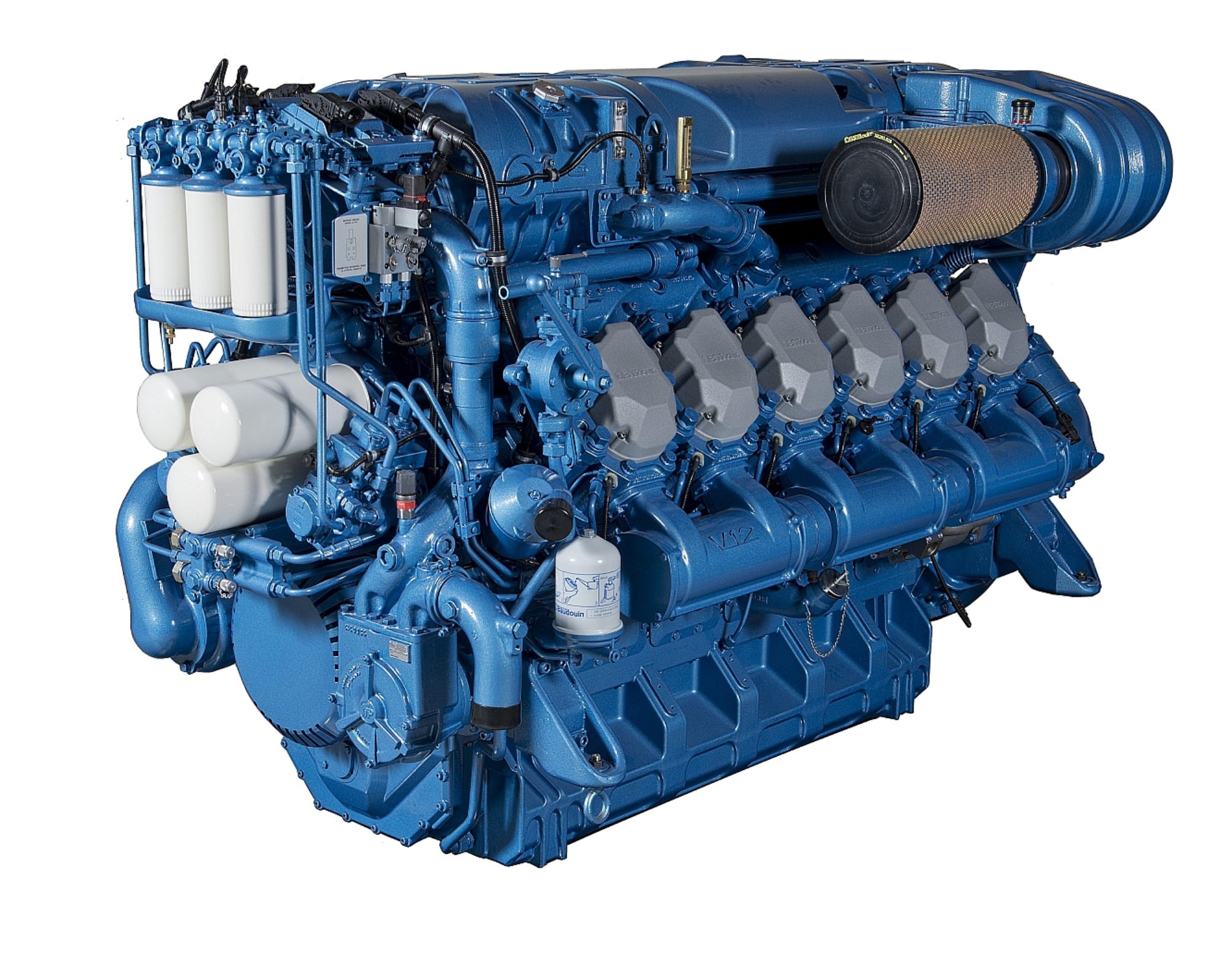LNG (Liquid Natural Gas) is a popular fuel amongst Taxi and other automotive users in lower income nations. LNG when used in gasoline engines helps cut overall fuel costs and offers a significant reduction of harmful emissions. The overall modification requirements are minimal to make existing gasoline engines to burn LNG. The fuel is also gaining popularity in the marine industry especially in cargo ships coupled with multi fuel burning propulsion turbines and generators. The cost of LNG is significantly lower than gasoline in many countries; however, distribution network limitations are considerable. The most noteworthy advantage of LNG is its low emissions and carbon footprint. The lean burning fuel also extends engine life and minimizes lubrication oil contamination.

LNG for High Performance Marine Outboards
Let us first consider that LNGs popular application is in the automotive sector where a typical vehicle is around 100hp or less. The automotive transmission allows the vehicle to cruise at about 1800 to 2200rpm using less than 30% of its rated power. This means the fuel consumption is exceptionally low and the fuel tank requirement can be modest. If we now compare this to a 38-foot boat powered by 500hp running at 5000 rpm and cruising at loads more than 90%, the fuel tank will be extremely space and weight significant. In comparison, a car moving at 100kph will consume an average of 10 liters in one hour where a 38-foot boat will consume 150 liters in one hour. This now brings us to the construction of LNG fuel tanks. These tanks are usually built of 6mm gauge steel to withstand 8 to 10 bars of pressure.
The size and weight to accommodate 6 hours of usage in a boat would need to be 15 times the size and weight of a typical automobile tank. Clearly, small high-speed boats are very sensitive to payloads and this poses an unsurmountable obstacle. Do note that the thermal efficiency or energy per kg of LNG is only 60% as efficient as gasoline and 40% as efficient as diesel.
Additionally, a major technical obstacle for high powered outboards to adapt LNG is the fact that the fuel injector discharge volumes cannot be further increased as they are already at a maximum. A volume increase is necessary to compensate for the lower thermal efficiency of LNG in comparison to gasoline or diesel. In an automobile this factor is not critical as the vehicle cruises at a lower power rating, and it is therefore possible to introduce higher volumes into the chamber through remapping of the ECU.
The liquefied gas of LNG is vapourised in a special diffuser before being used in the engine. The augmented vessel movements at high seas poses the threat of gas entering the engine in liquid form causing vapor locks and in extreme cases, piston seizure.
Engine knock is a common problem with the highly volatile LNG, this effect will be amplified when used in high output engines such as outboards reducing engine life and reliability.
LNG for General Marine Ships and Military.
LNG is successfully utilized in merchant shipping and in the military around the world. The low carbon footprint and its clean burn are major attractions. It is possible to significantly increase time between servicing and oil changes due to minimized carbon deposits. In large ships storage volume and payload is less critical and multi fuel turbines which directly propel, or alternately power electric propulsion is viable and in use. The logistics of refueling is also less critical due to pre-planned passage or in the case of the military, through fleet support mechanisms.
In addition to logistics of supply and distribution some drawbacks of LNG include:
The fuel containment usually involves two layers of stainless steel with several leak detecting sensors and monitoring mechanisms. The need for complex control systems is high to prevent “Methane Slip” and engine knock. The pre-combustion stage requires careful management. Heat recovery systems often used to compensate for thermal loss requires large space requirement in addition to extra investment.
CONCLUSION
LNG is a remarkably clean fuel providing low carbon emissions. It is an economical fuel used in the automotive sector which requires lesser power demand than in marine small boat operations. In the marine industry, the fuel is viable for larger ships which can afford to compromise on space and payload in lieu of the extended service life and low emissions.
If we were to use LNG as a hybrid option to augment Yamaha, like the automobile application. The compromise in space and payload coupled to logistics of distribution pose significant challenges and would serve little advantage other than the “feel good factor”.
